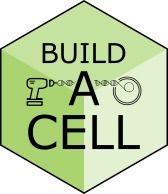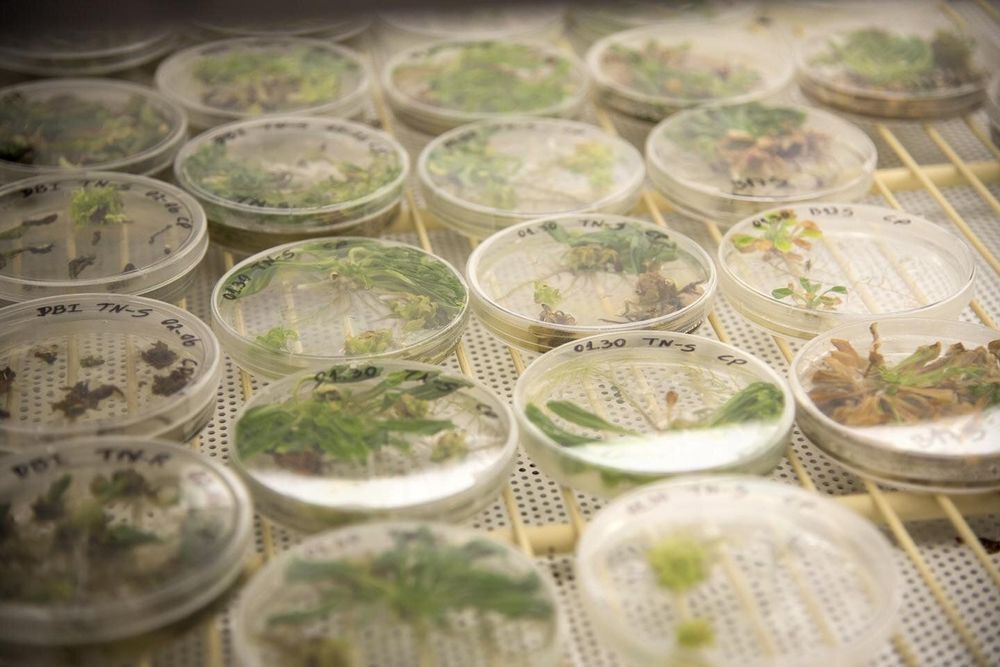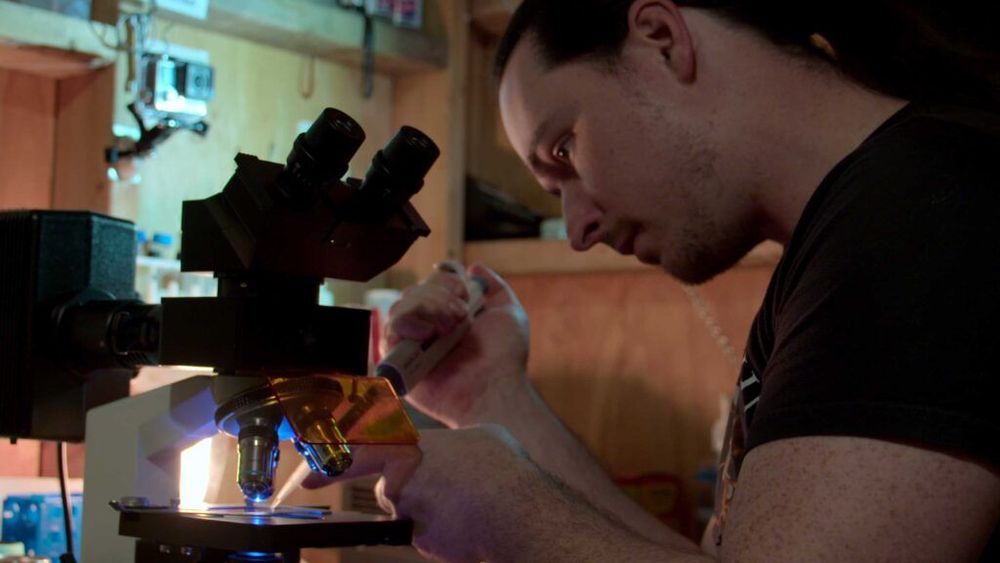Archive for the ‘bioengineering’ category: Page 127
Oct 21, 2019
What is Build-A-Cell?
Posted by Klaus Baldauf in categories: bioengineering, biotech/medical
Cells are the fundamental “building blocks” that make up living organisms. Yet, we don’t know exactly how cells were formed in the first place. We also don’t know what all the molecules that make up any natural cell do. Finally, we can’t yet put molecules together ourselves to make new synthetic cells.
Addressing the questions and challenges posed above requires significant collaboration and cooperation. The Build-a-Cell community welcomes all who wish to learn about and cooperate in the work of fully understanding and engineering a diversity of synthetic cells.
The future of biotechnology is in realizing fully understood, lineage agnostic organisms, beginning with single cells.
Oct 20, 2019
Tennessee researchers join call for responsible development of synthetic biology
Posted by Klaus Baldauf in categories: bioengineering, biotech/medical, food, genetics, policy
Engineering biology is already transforming technology and science, and a consortium of researchers across many disciplines in the international Genome Project-write is calling for more discussion among scientists, policy makers and the general public to shepherd future development. In a policy forum article published in the October 18 issue of Science, the authors outline the technological advances needed to secure the transformative future of synthetic biology and express their concerns that the implementation of the relatively new discipline remains safe and responsible.
Two researchers with the University of Tennessee Institute of Agriculture are co-authors on the piece titled “Technological challenges and milestones for writing genomes: synthetic genomics requires improved technologies.” Neal Stewart and Scott Lenaghan with the UTIA departments of Plant Sciences and Food Science, respectively, join Nili Ostrov, a Ph.D. research fellow in genetics at Harvard Medical School, and 18 other leading scientists from a number of institutions and disciplines, in outlining a potential timeline for the development of what they call transformative advances to science and society.
Stewart and Lenaghan are the co-directors of the UT Center for Agricultural Synthetic Biology (CASB). Formed in 2018, Stewart says CASB is the first synthetic biology center in the world aimed specifically at improved agriculture. A professor of plant sciences in the UT Herbert College of Agriculture, Stewart also holds the endowed Racheff Chair of Excellence in Plant Molecular Genetics. Lenaghan is an assistant professor in the Department of Food Science who also holds an adjunct position in the UT Mechanical, Aerospace, and Biomedical Engineering (MABE) Department.
Oct 19, 2019
The ‘unbelievable journey’ of CRISPR, now on Netflix
Posted by Genevieve Klien in categories: bioengineering, biotech/medical, ethics, genetics
Mankind’s ability to edit the fabric of human life has led to scientific upheaval, global debate, and at least one international incident. Now, it’s coming to Netflix.
“Unnatural Selection,” a four-part docuseries debuting Friday, dissects the stories, science, and ethics behind genome editing, following academics, biohackers, and patients as they move through a brave new world made possible by technologies like CRISPR.
We recently spoke with co-directors Joe Egender and Leeor Kaufman about how the series came to be and how it frames the sprawling story of human genetic engineering. This transcript has been lightly edited for clarity.
Oct 16, 2019
In-Silico Clinical Trials — Virtual Bodies For Real Drugs — Dr. William Pruett — University of Mississippi Medical Center — ideaXme — Ira Pastor
Posted by Ira S. Pastor in categories: aging, bioengineering, biotech/medical, DNA, futurism, genetics, health, life extension, neuroscience, science

Oct 10, 2019
Biology Really May Be Our Future
Posted by Klaus Baldauf in categories: bioengineering, biotech/medical, computing, singularity
Many of us are fascinated by our various computing devices — our smartphones, our smart watches, and an ever-growing array of smart devices. What we sometimes forget is that we are biological creatures (at least, until The Singularity), and that even though biology as a discipline has been around much longer than computing, biology may yet supersede it.
If the 20th century was the era of computers, the 21st century may be the era of biology. And the two may even merge. Hello, synthetic biology and biological computing!
Last week SynBioBeta hosted The Global Synthetic Biology Summit, “where tech meets bio and bio meets tech.” People were urged to attend “to see how synthetic biology is disrupting consumer products, food, agriculture, medicine, chemicals, materials, and more.”
Oct 9, 2019
How Close Are We to Harnessing Synthetic Life?
Posted by Tanvir Ahmed in categories: bioengineering, biotech/medical, genetics, health

Scientists are exploring how to edit genomes and even create brand new ones that never existed before, but how close are we to harnessing synthetic life?
» Subscribe to Seeker! http://bit.ly/subscribeseeker
» Watch more How Close Are We | http://bit.ly/HCAWplaylist
» Follow Olivia on Instagram: instagram.com/OliviaPavcoG
Scientists have made major strides when it comes to understanding the base code that underlies all living things—but what if we could program living cells like software?
Continue reading “How Close Are We to Harnessing Synthetic Life?” »
Oct 9, 2019
Bio-Mimetic Real-Time Cortex Project — Whole Brain Emulation — Dr. Alice Parker — University of Southern California — ideaXme — Ira Pastor
Posted by Ira S. Pastor in categories: big data, bioengineering, complex systems, driverless cars, drones, electronics, engineering, information science, neuroscience, robotics/AI

Oct 9, 2019
Cervical cancer ‘cure’ closer with gene-editing breakthrough, scientists say
Posted by Paul Battista in categories: bioengineering, biotech/medical, genetics
Queensland researchers say they can cure cervical cancer in mice using gene editing technology and are now working towards human trials.














